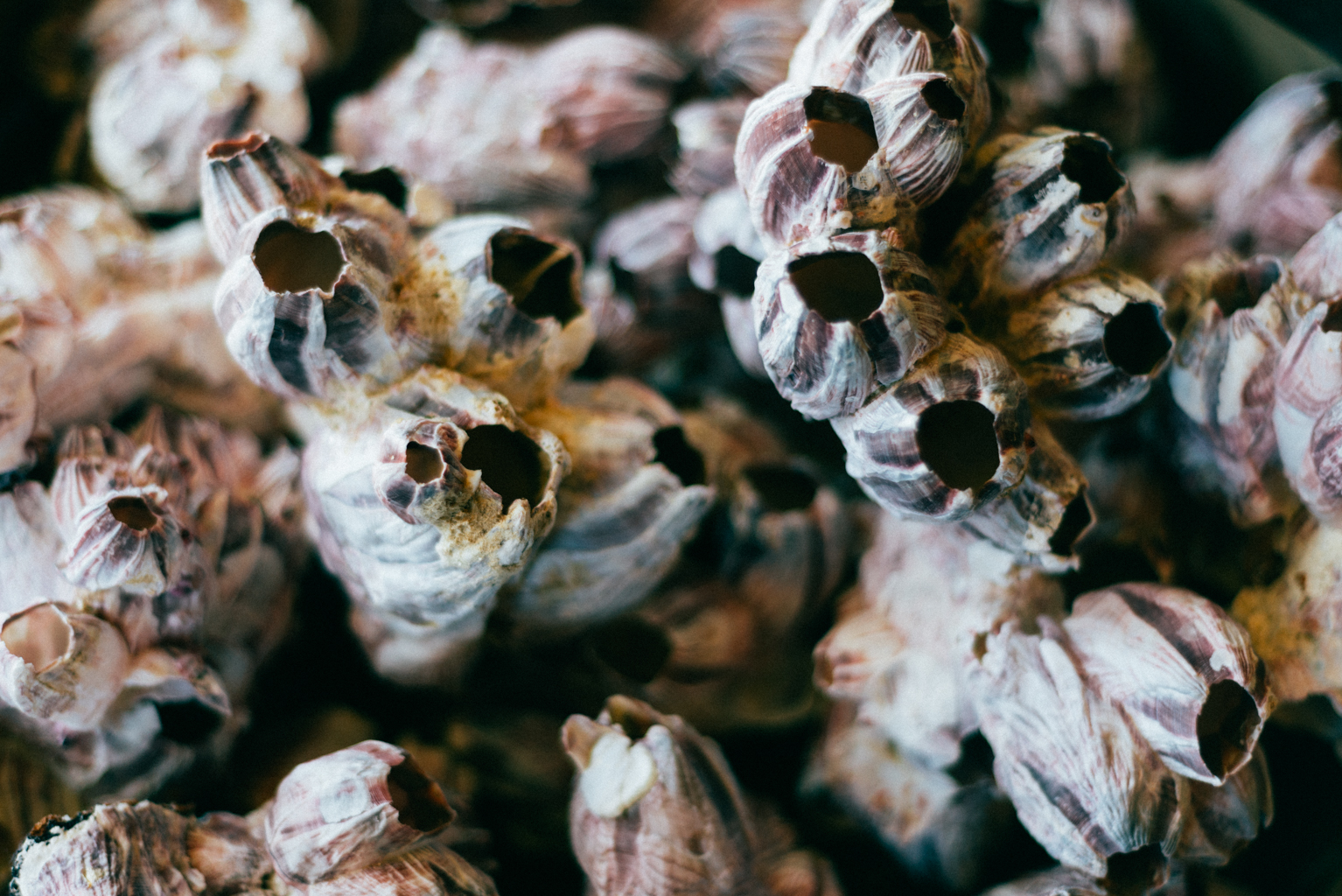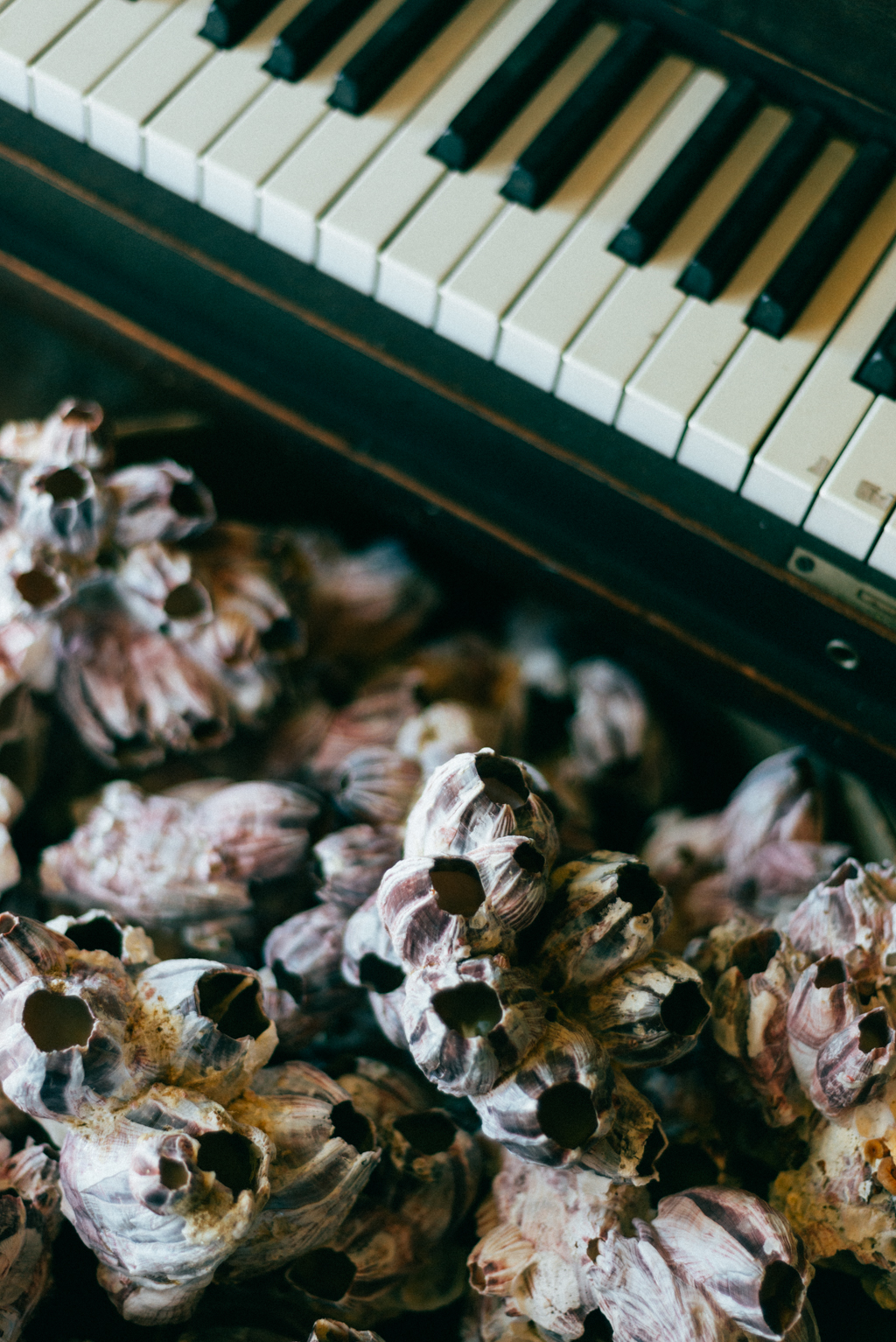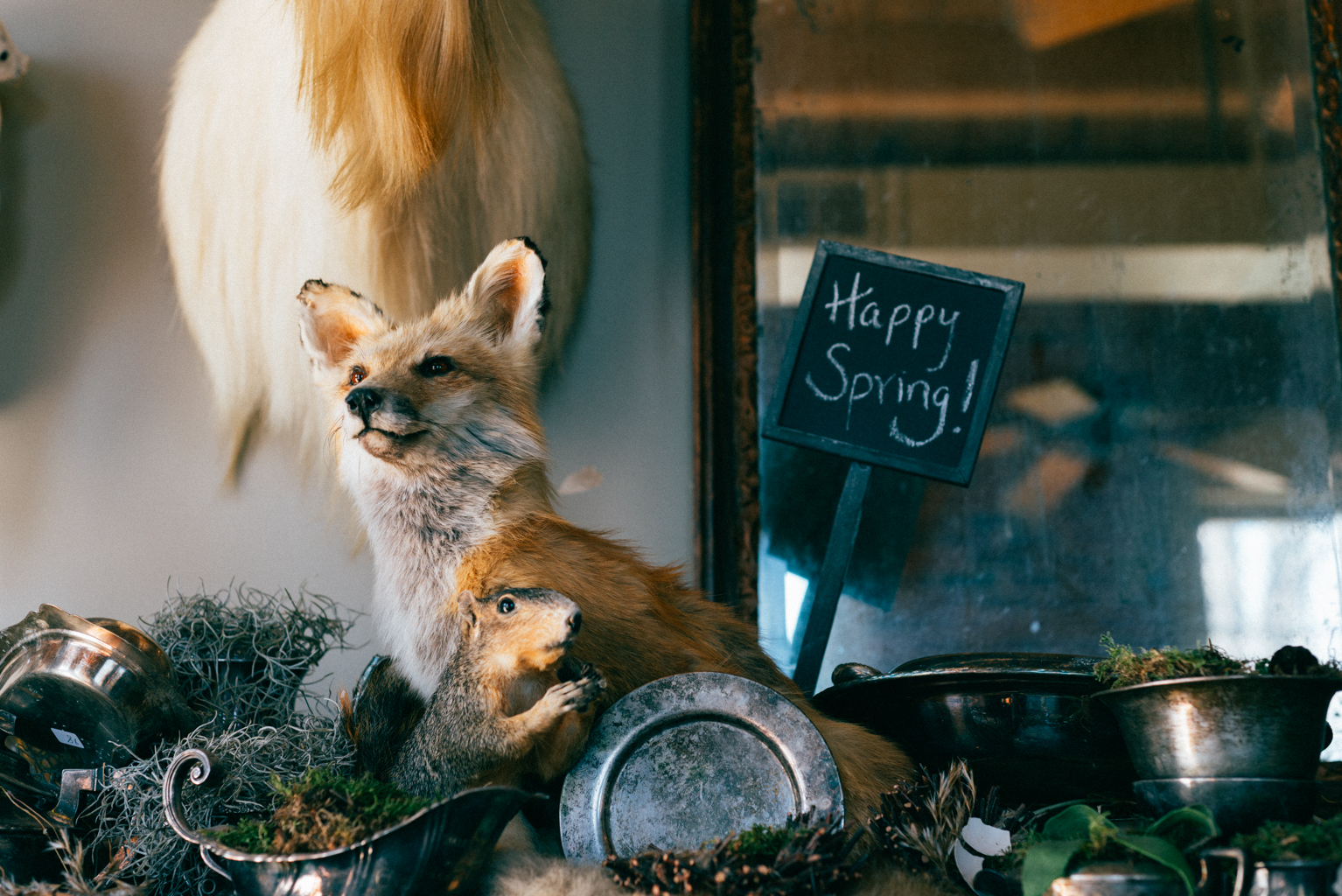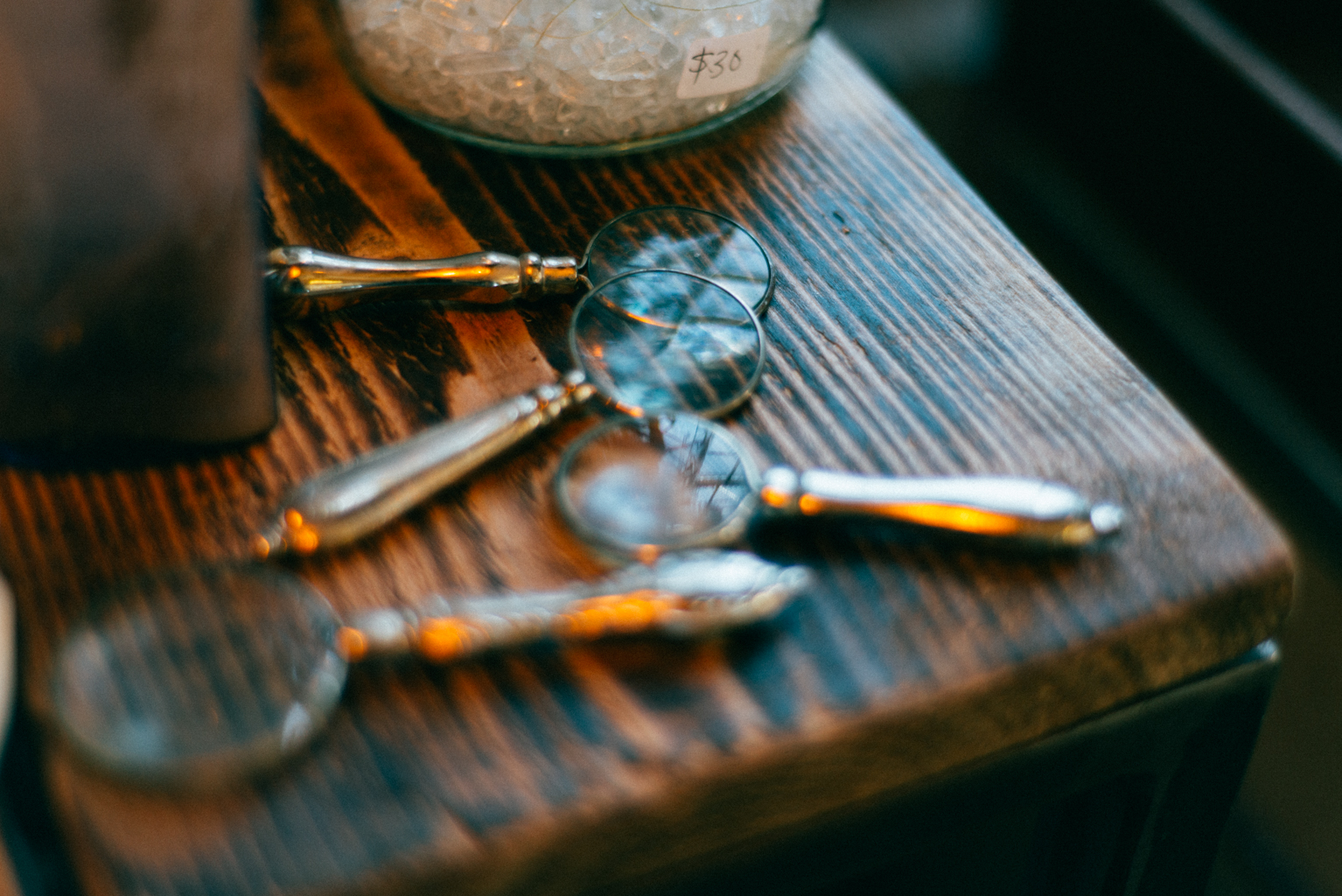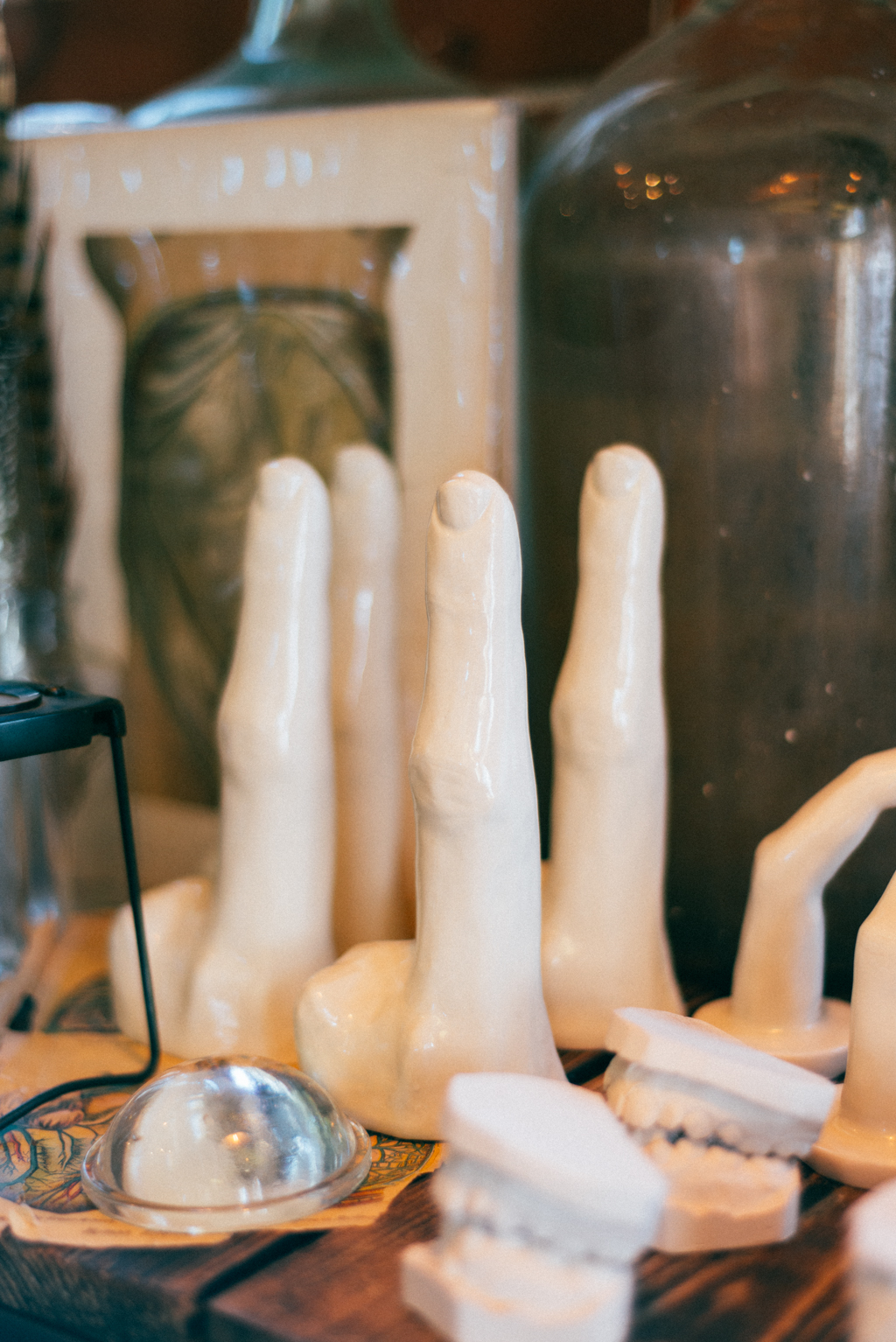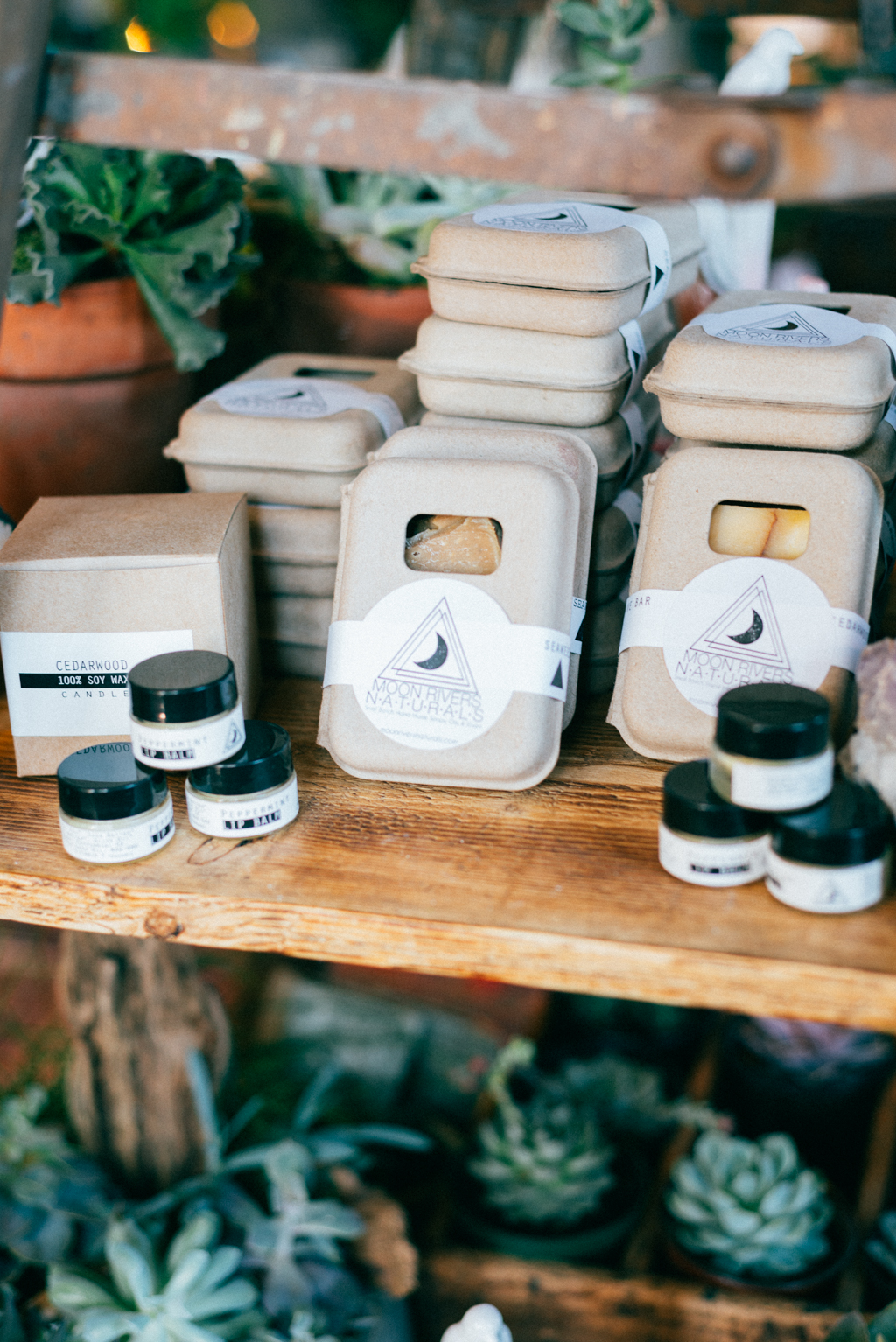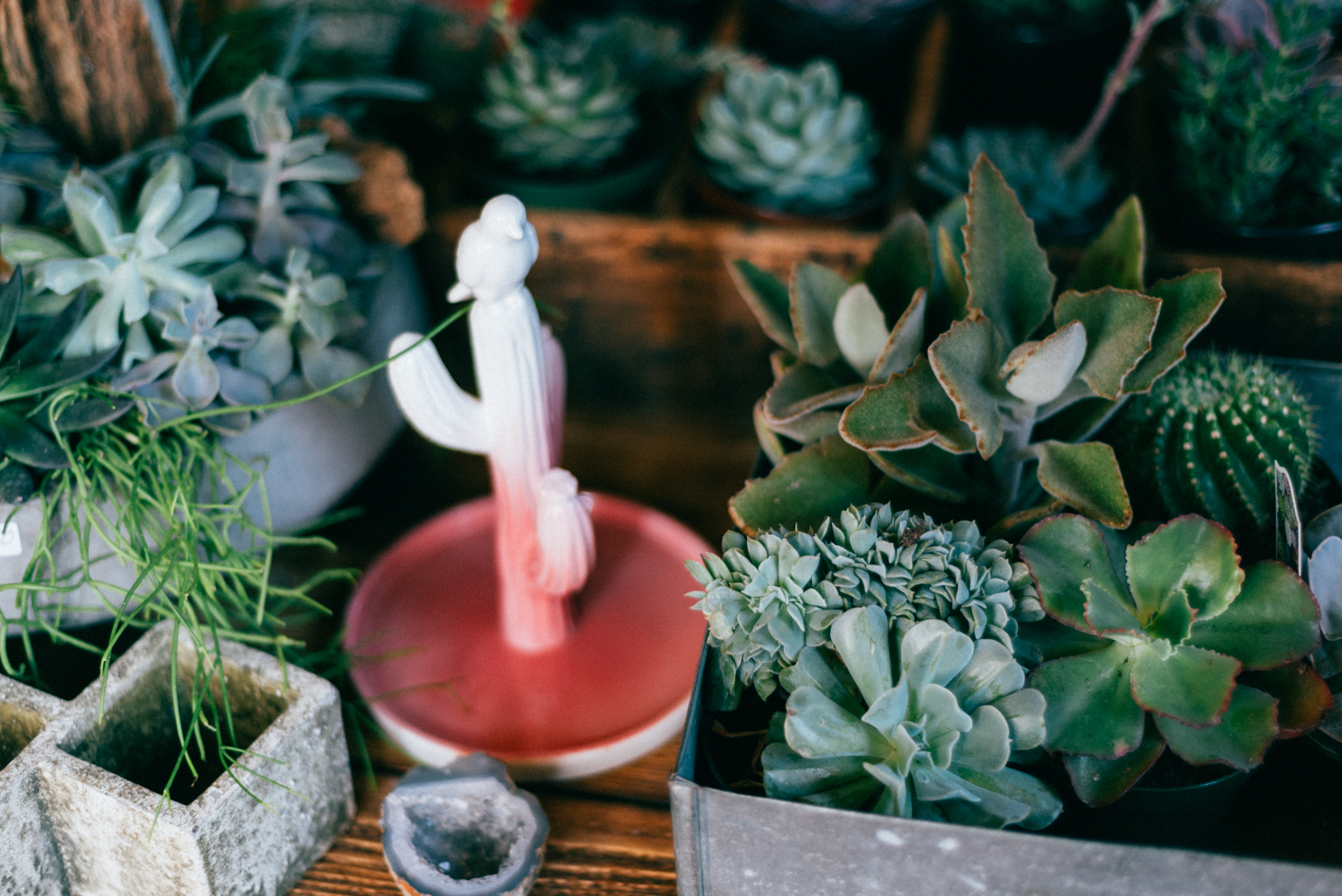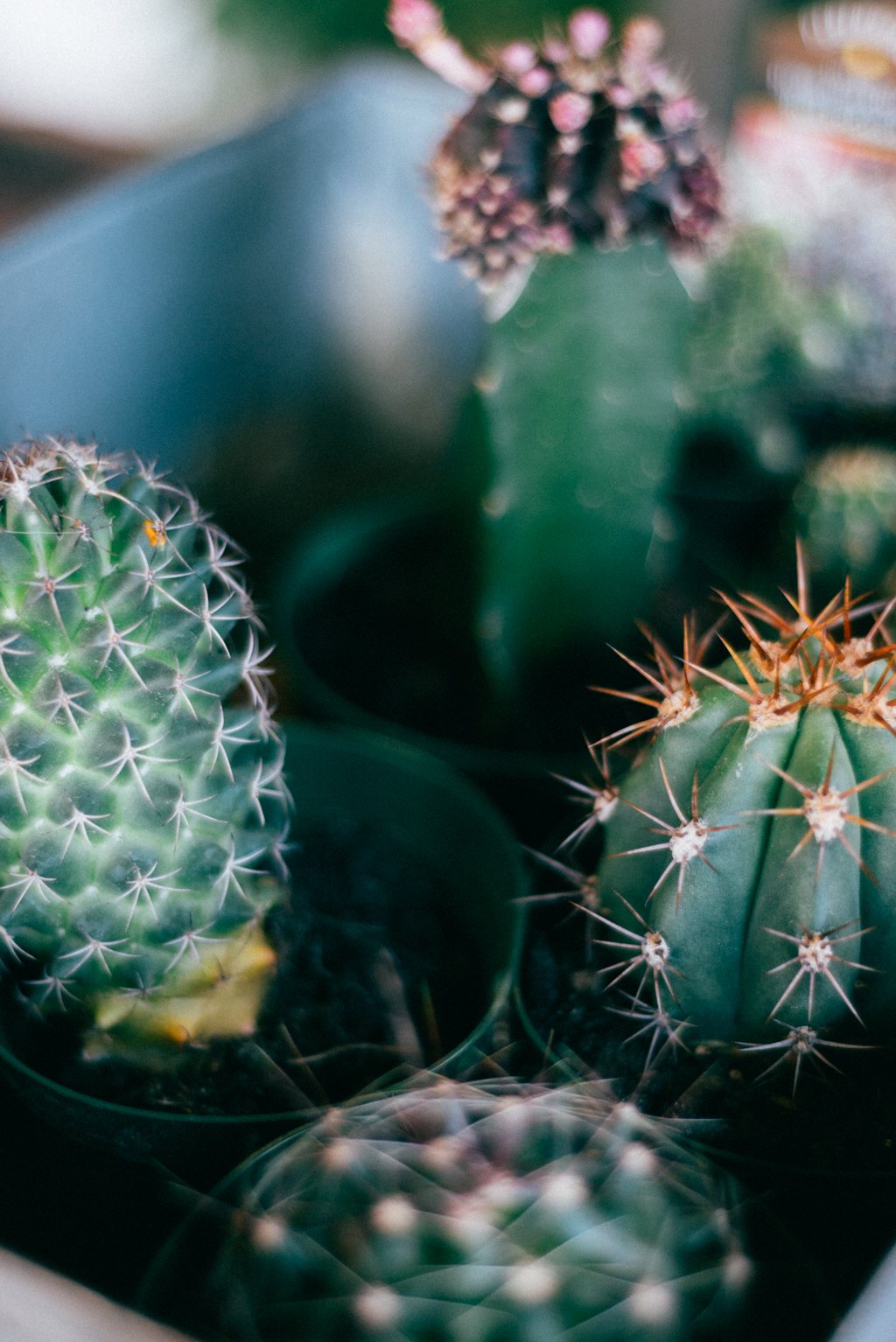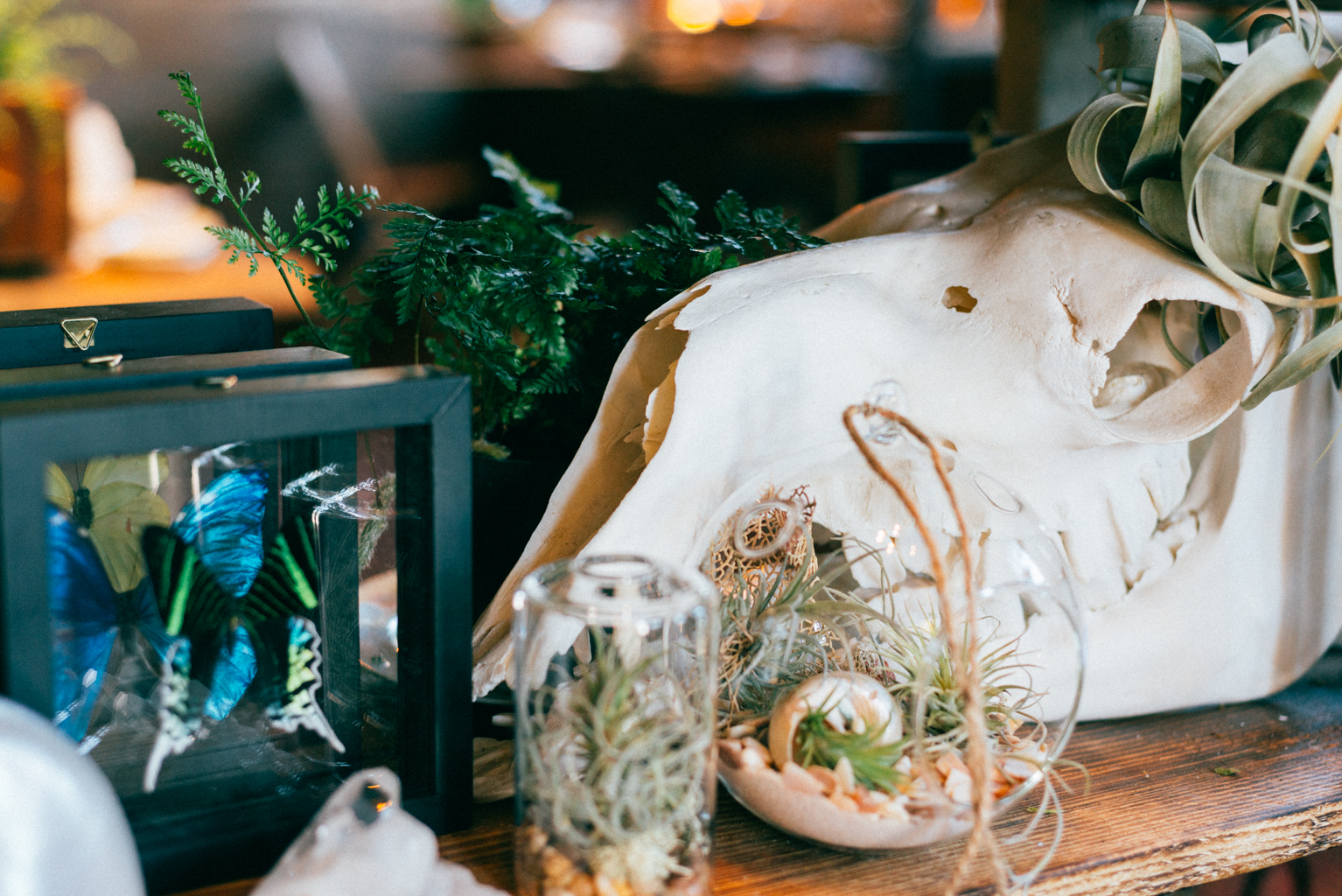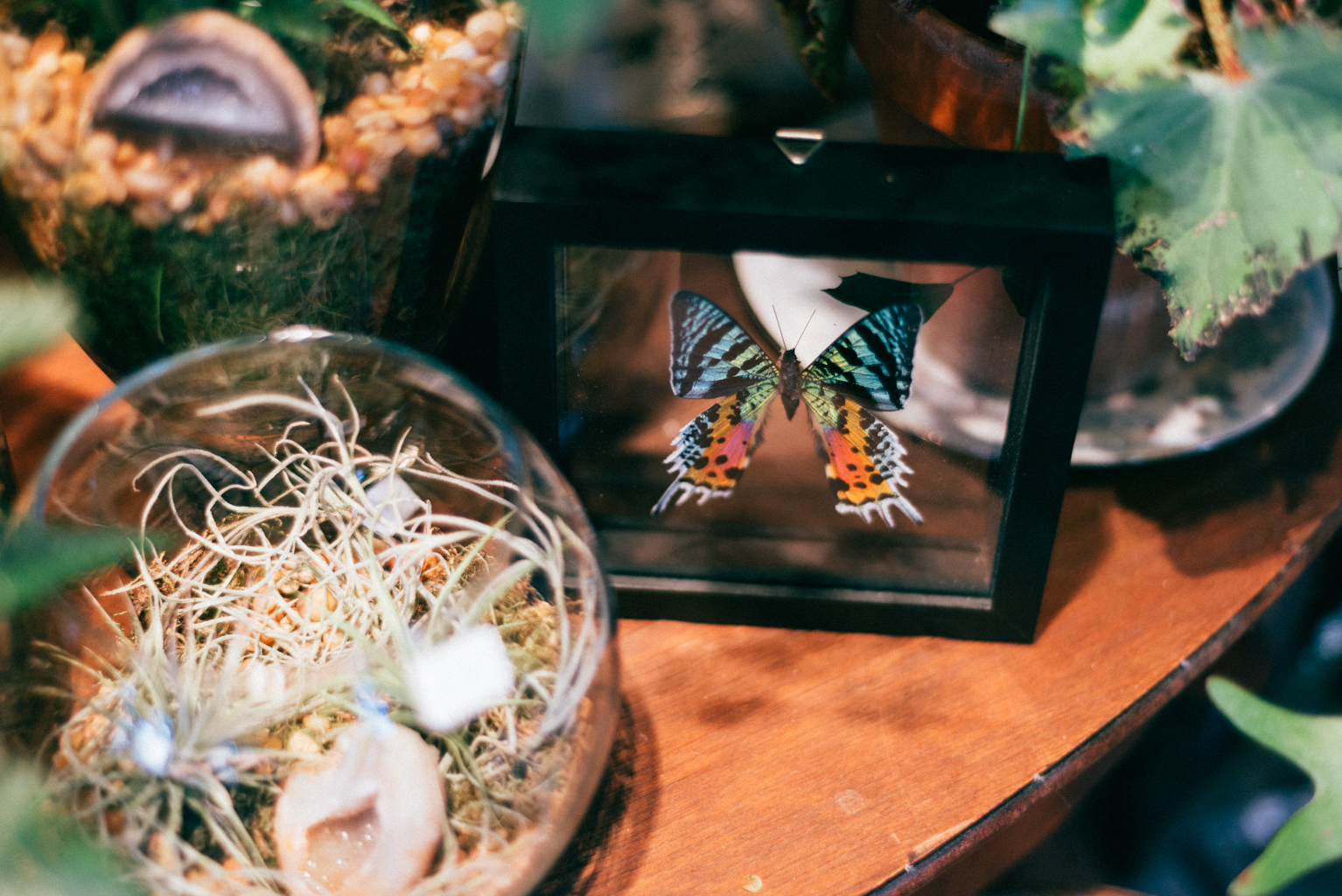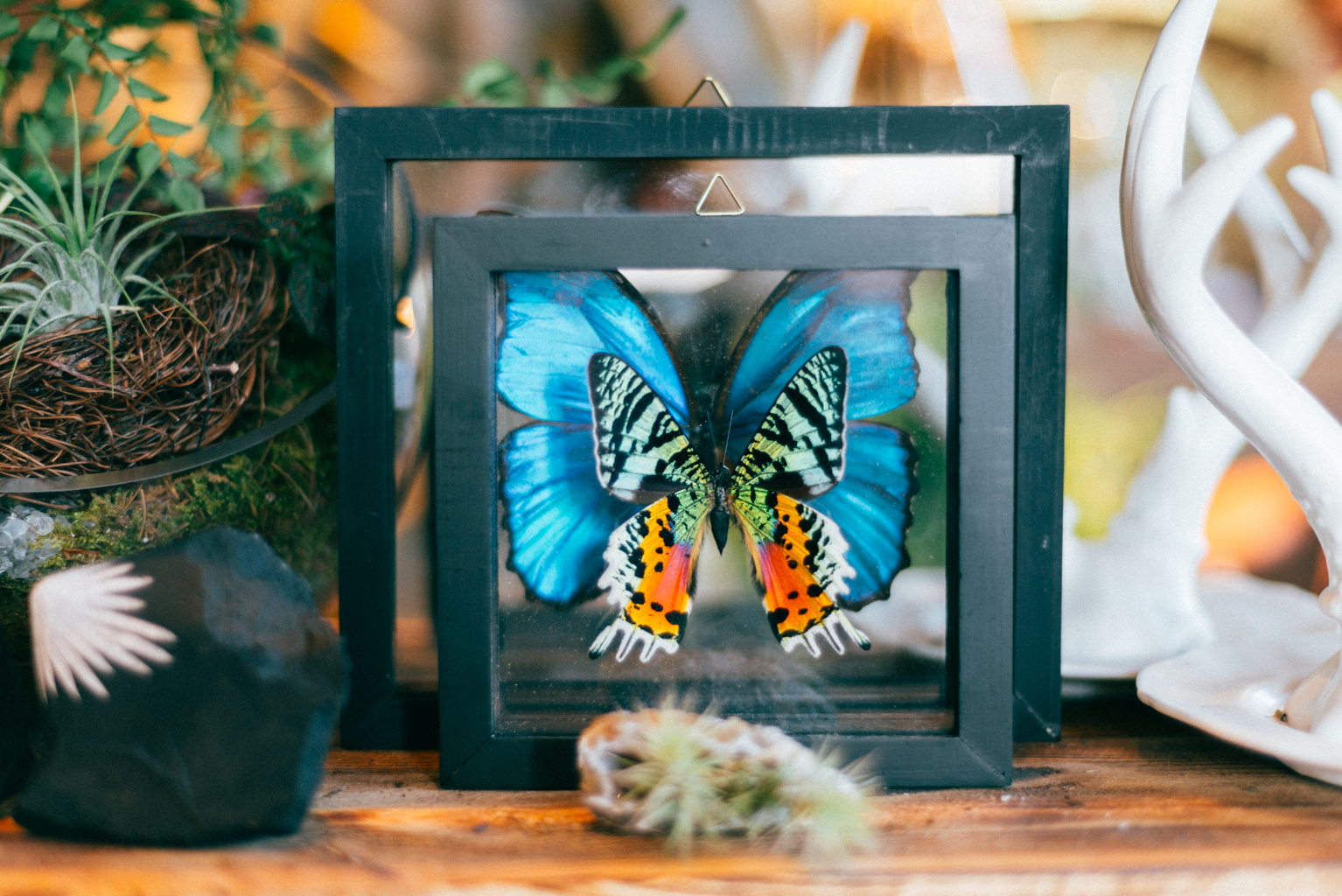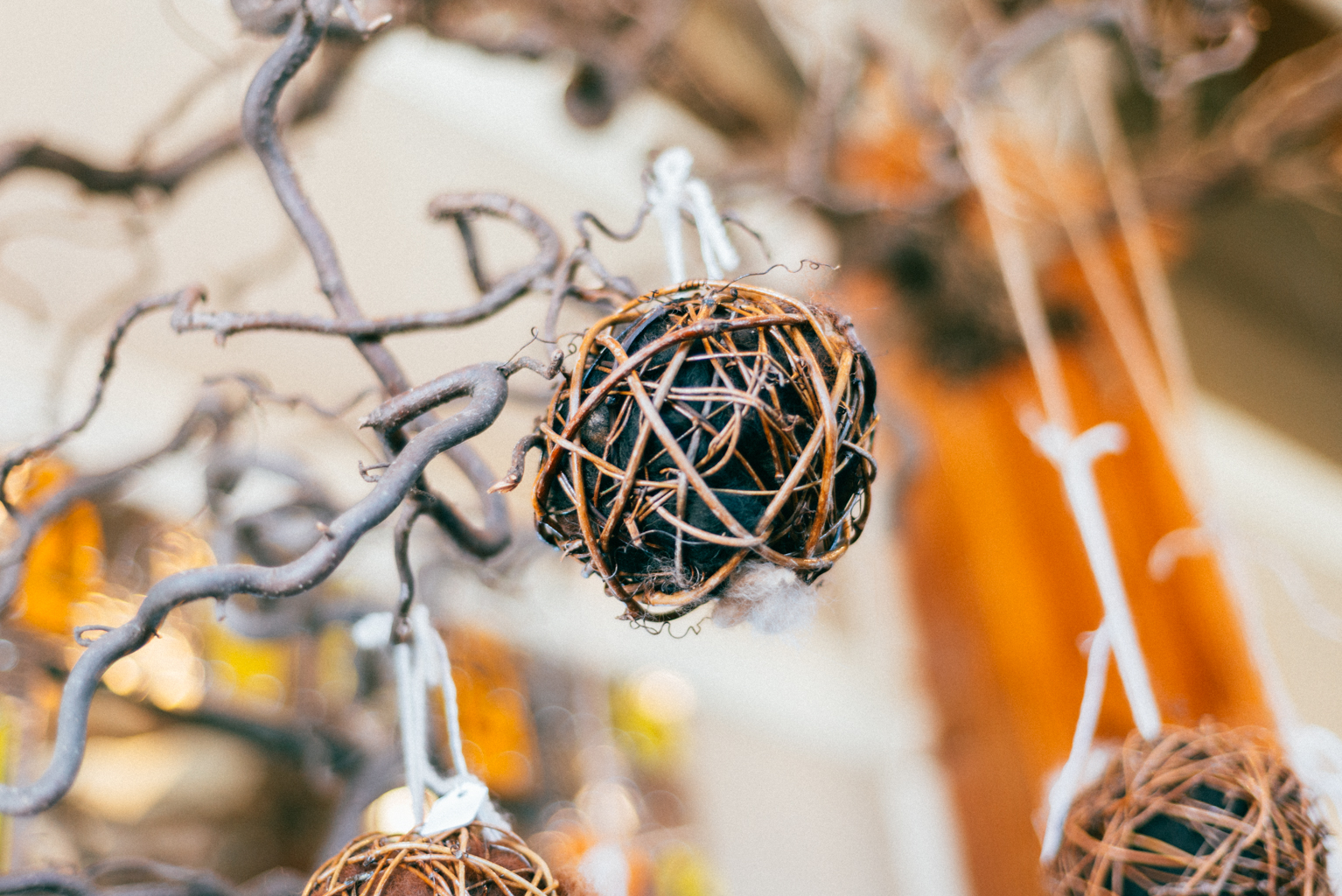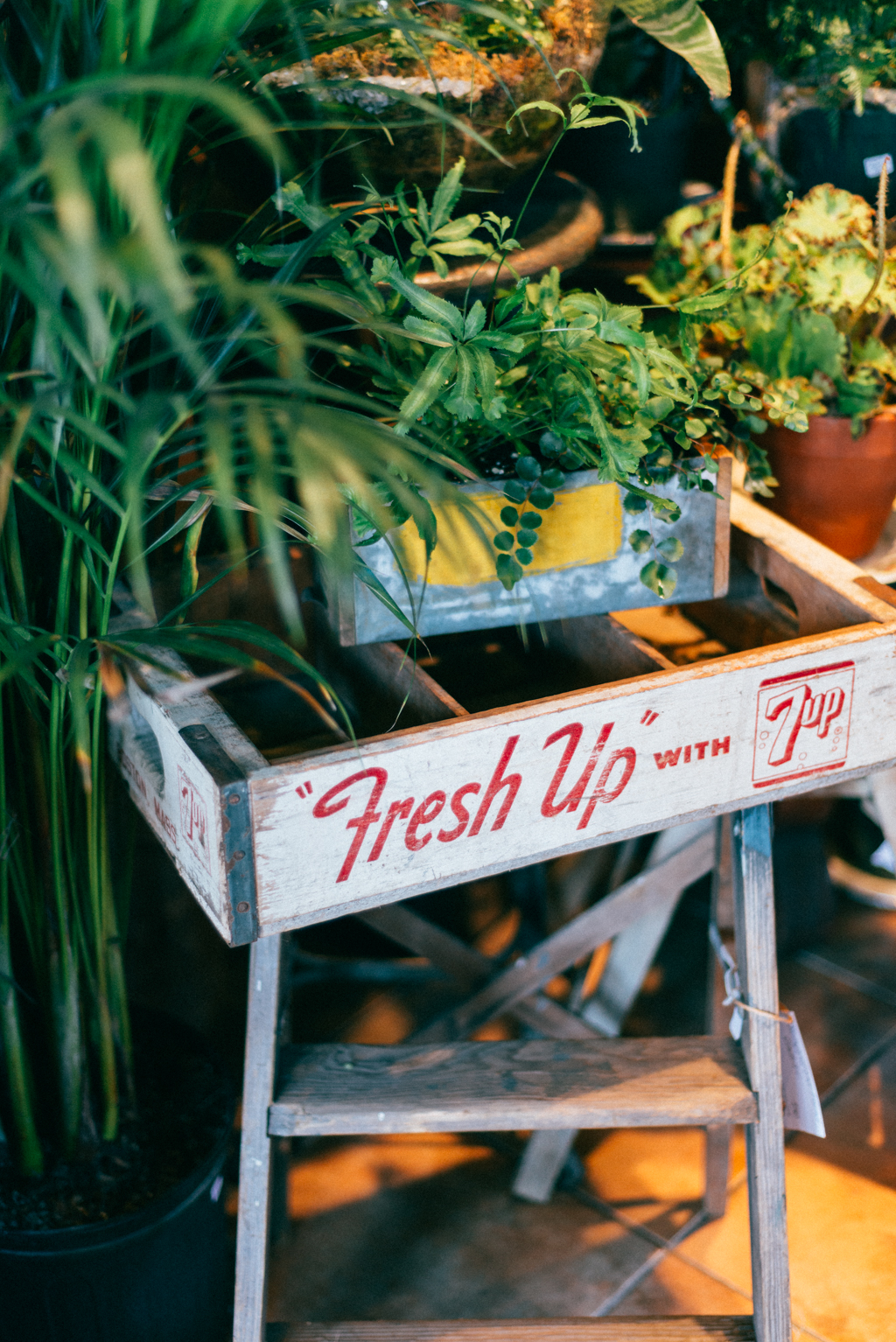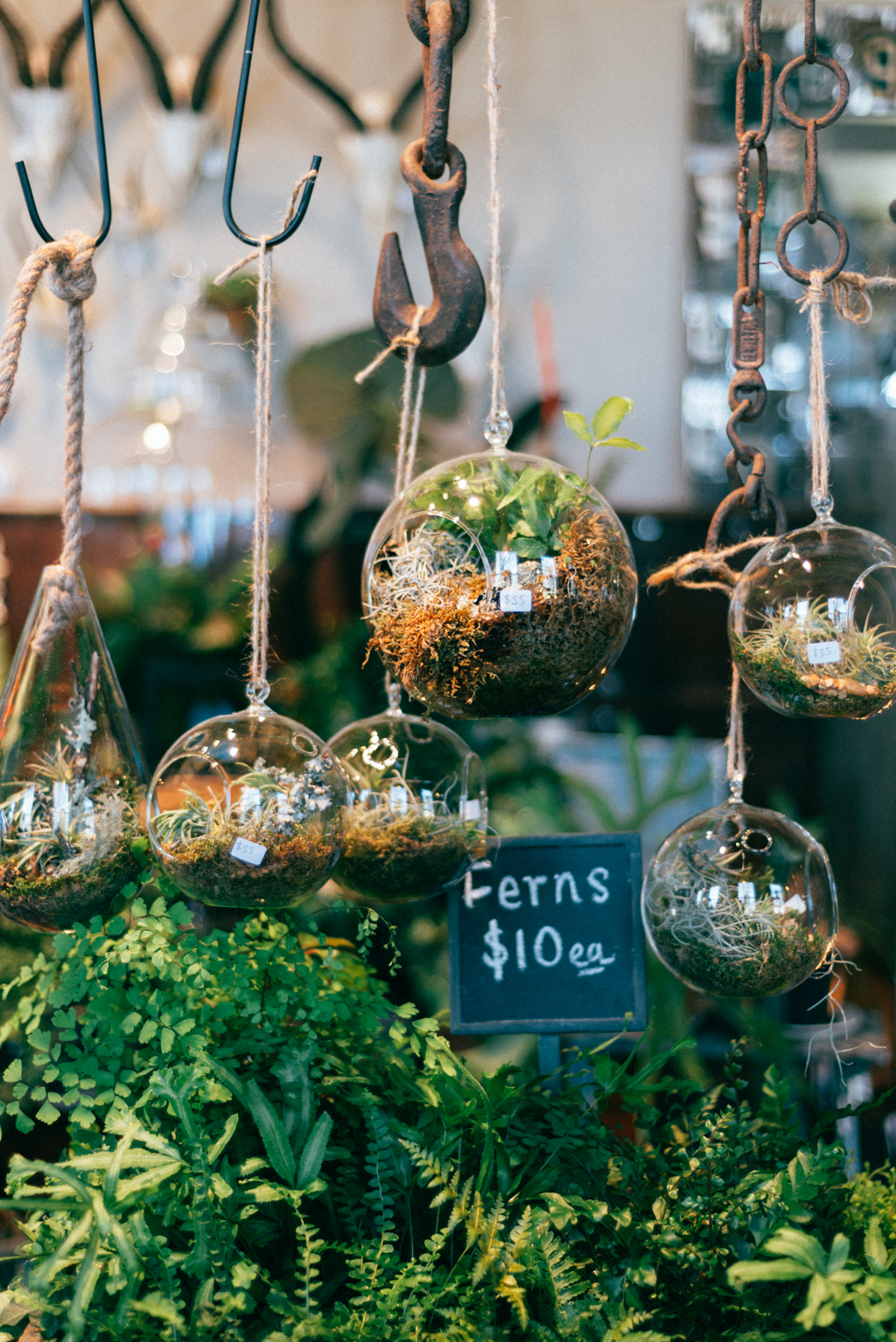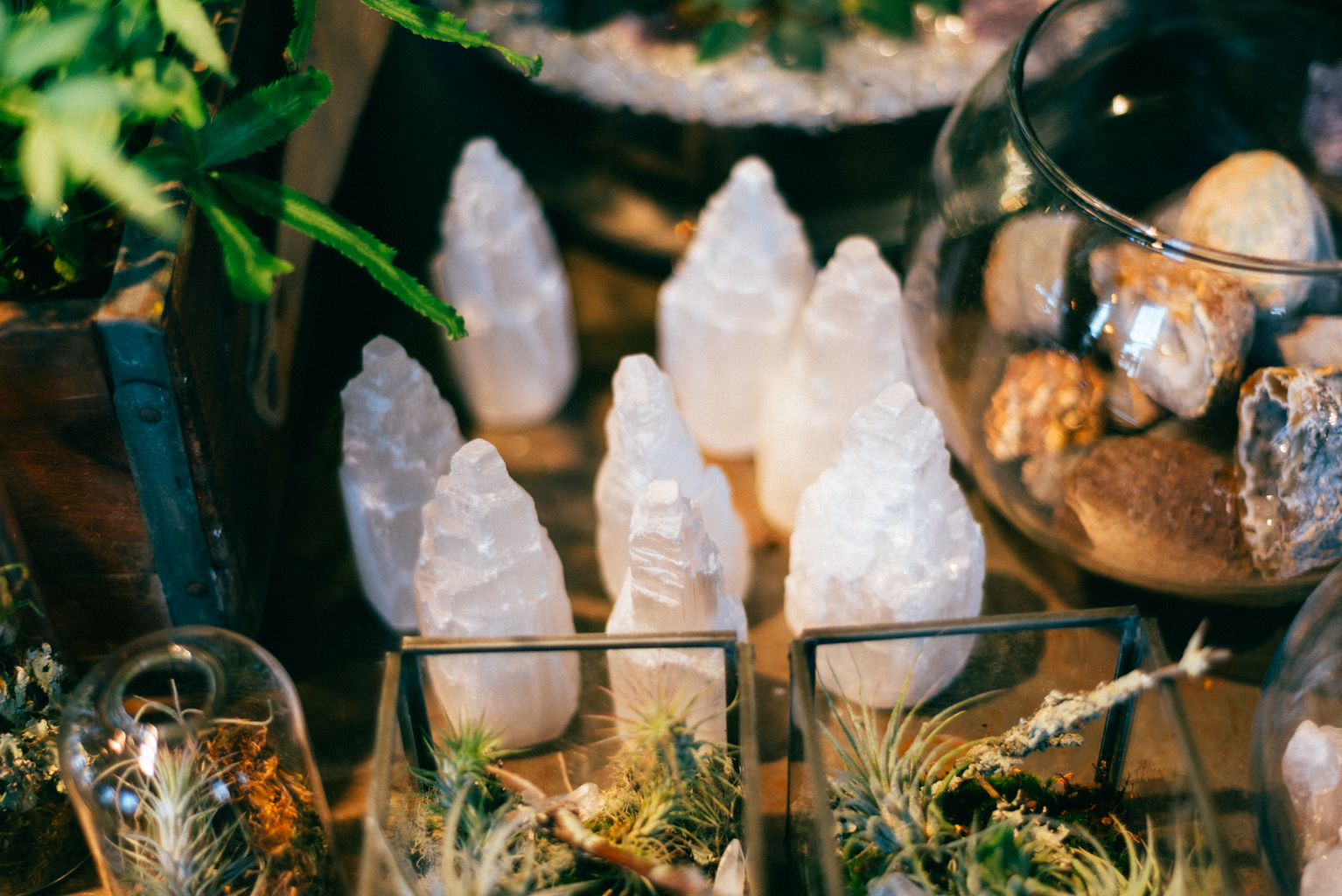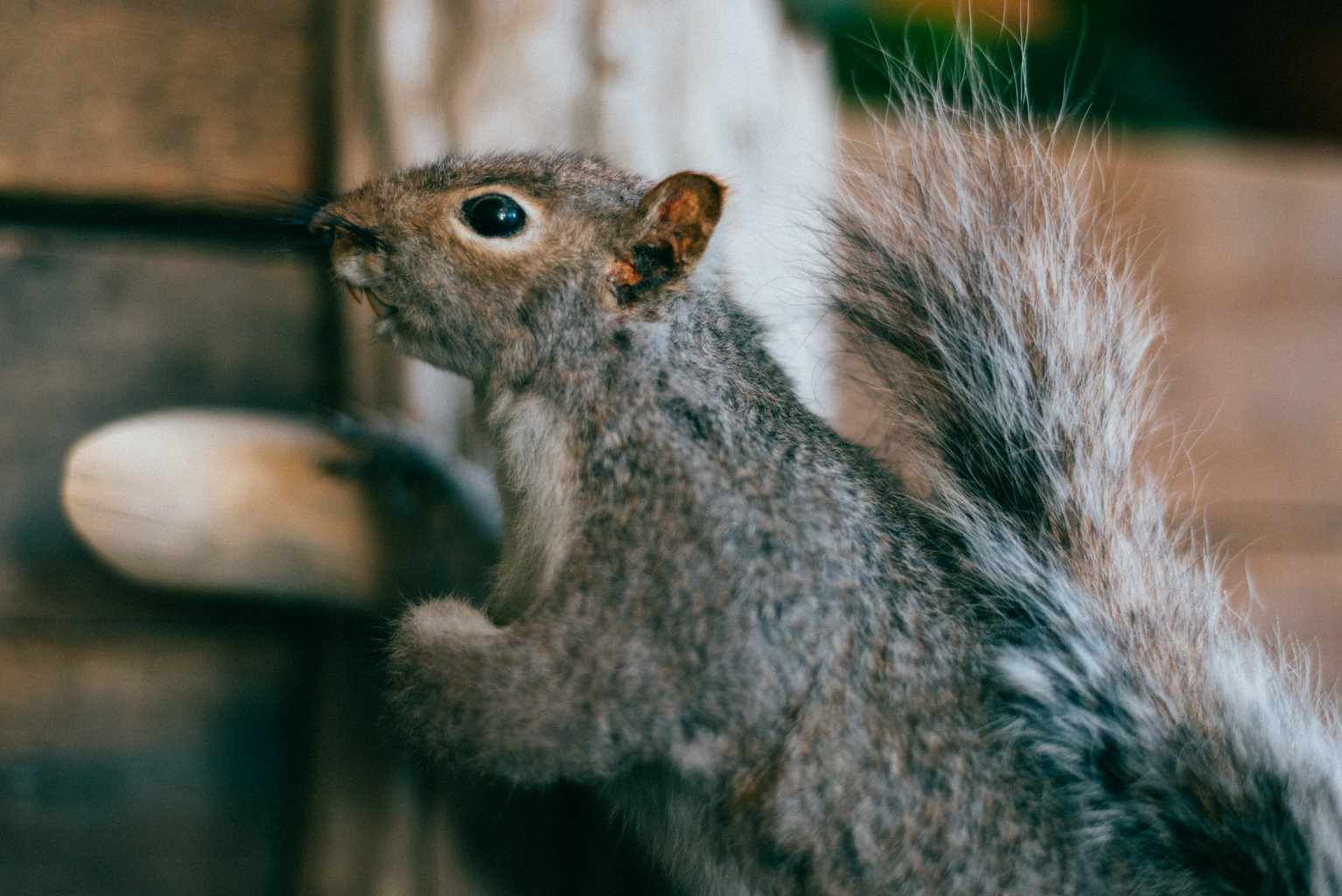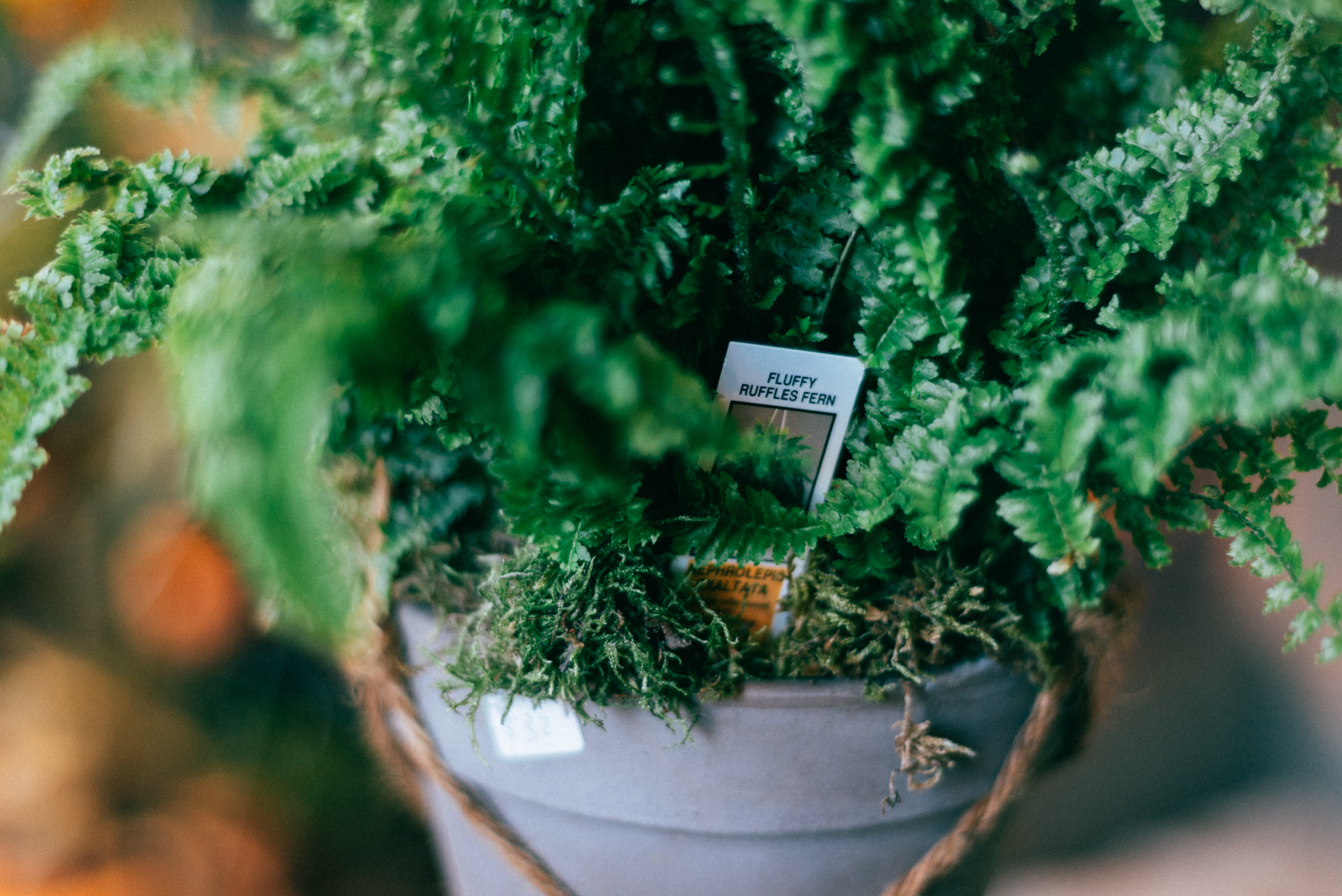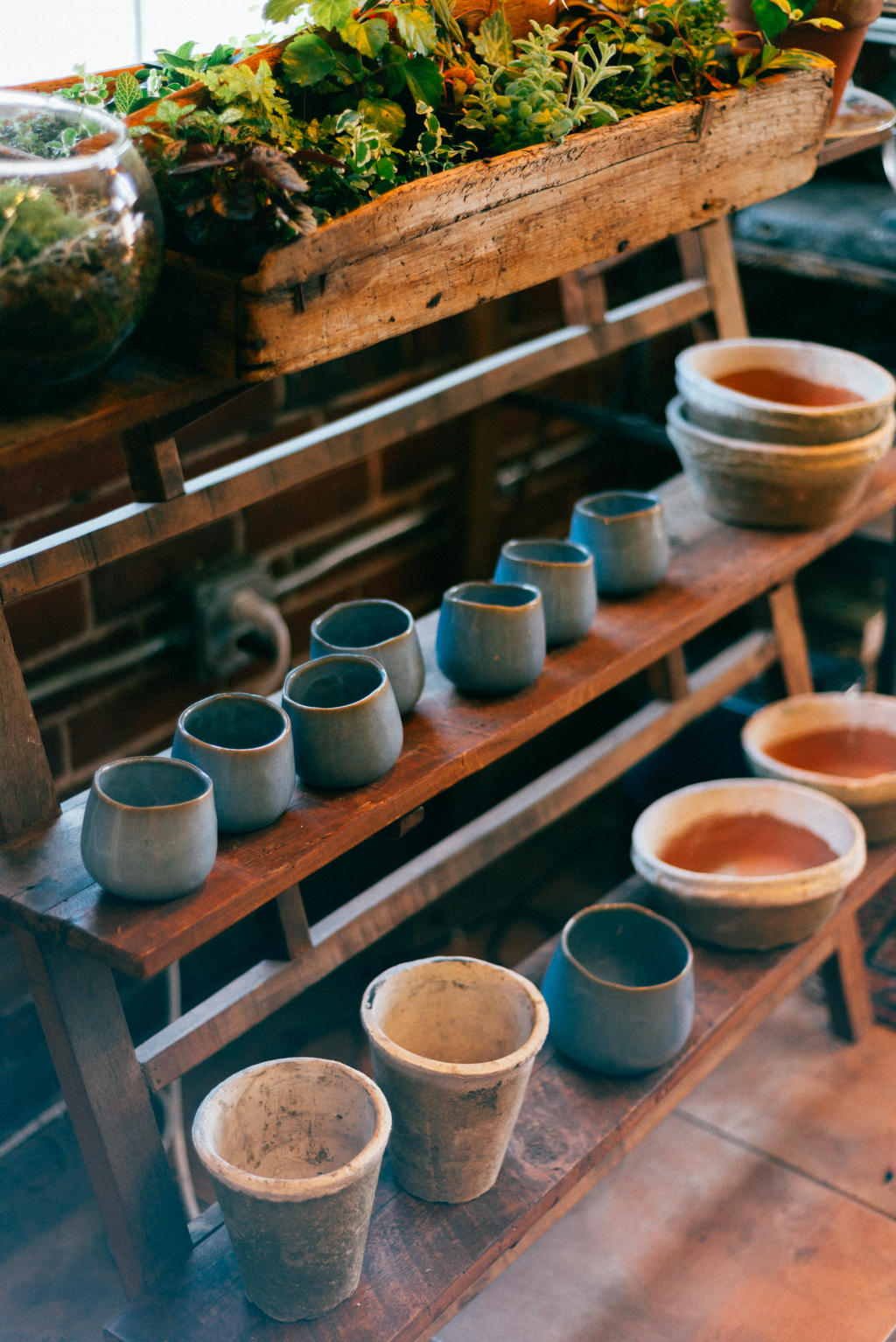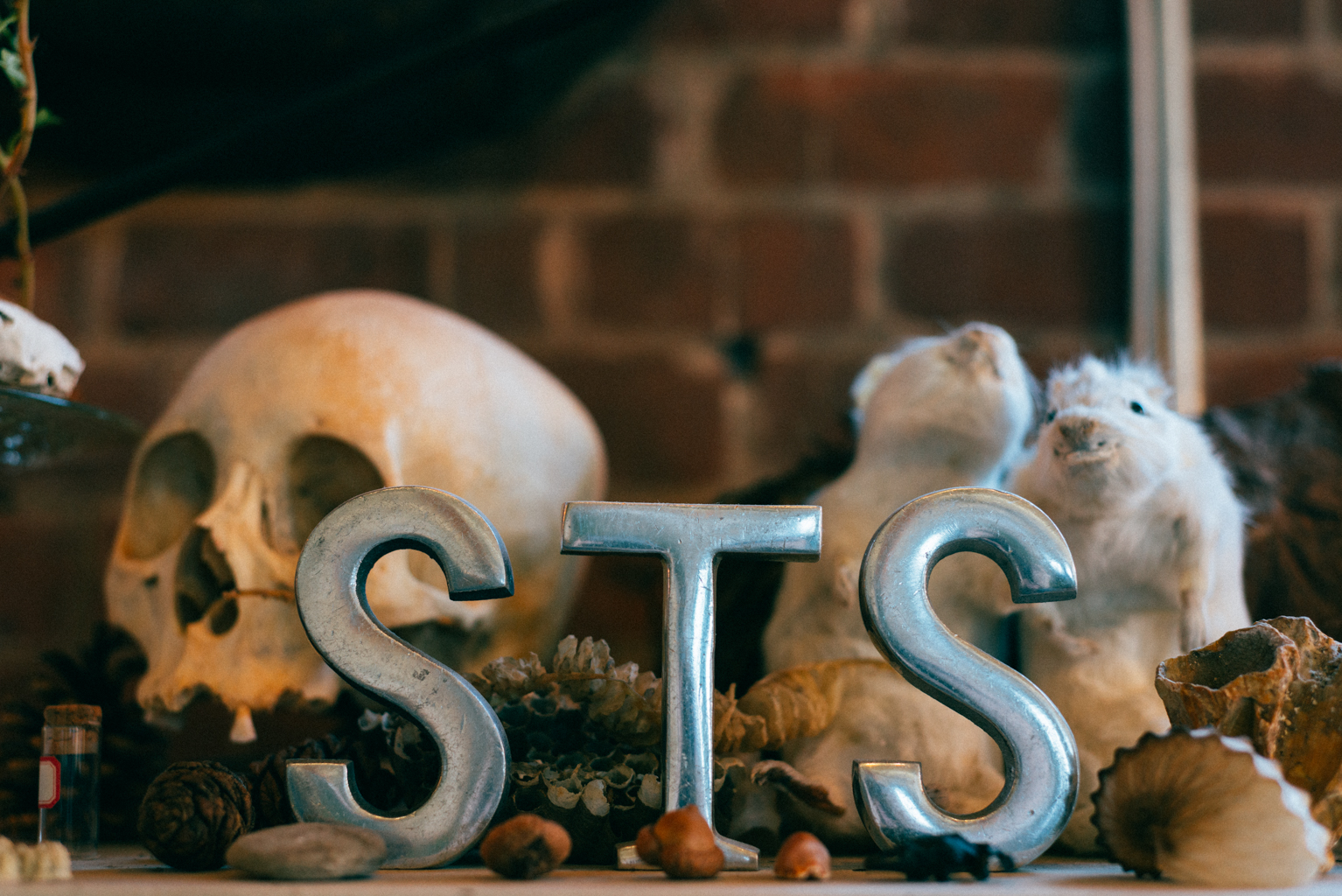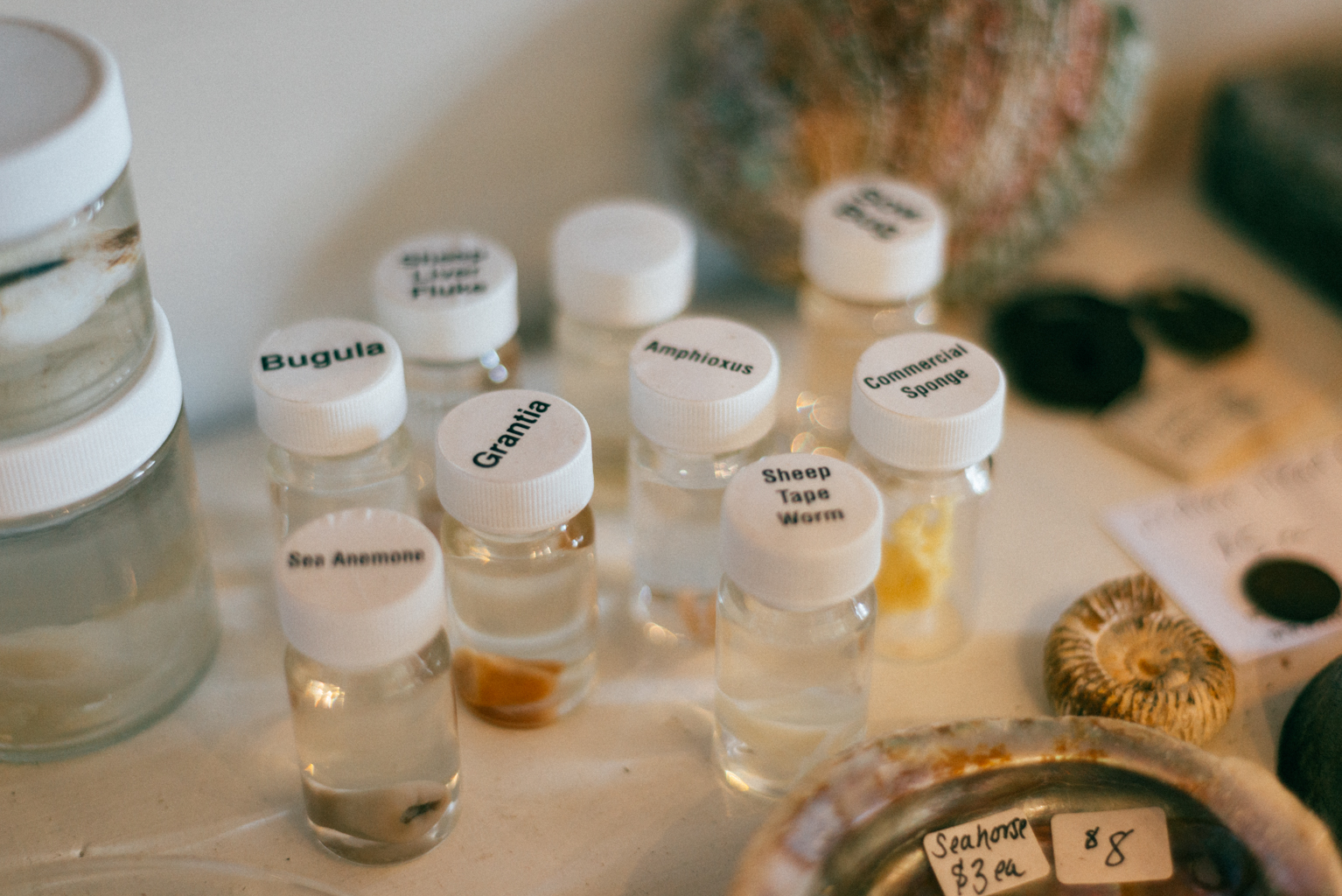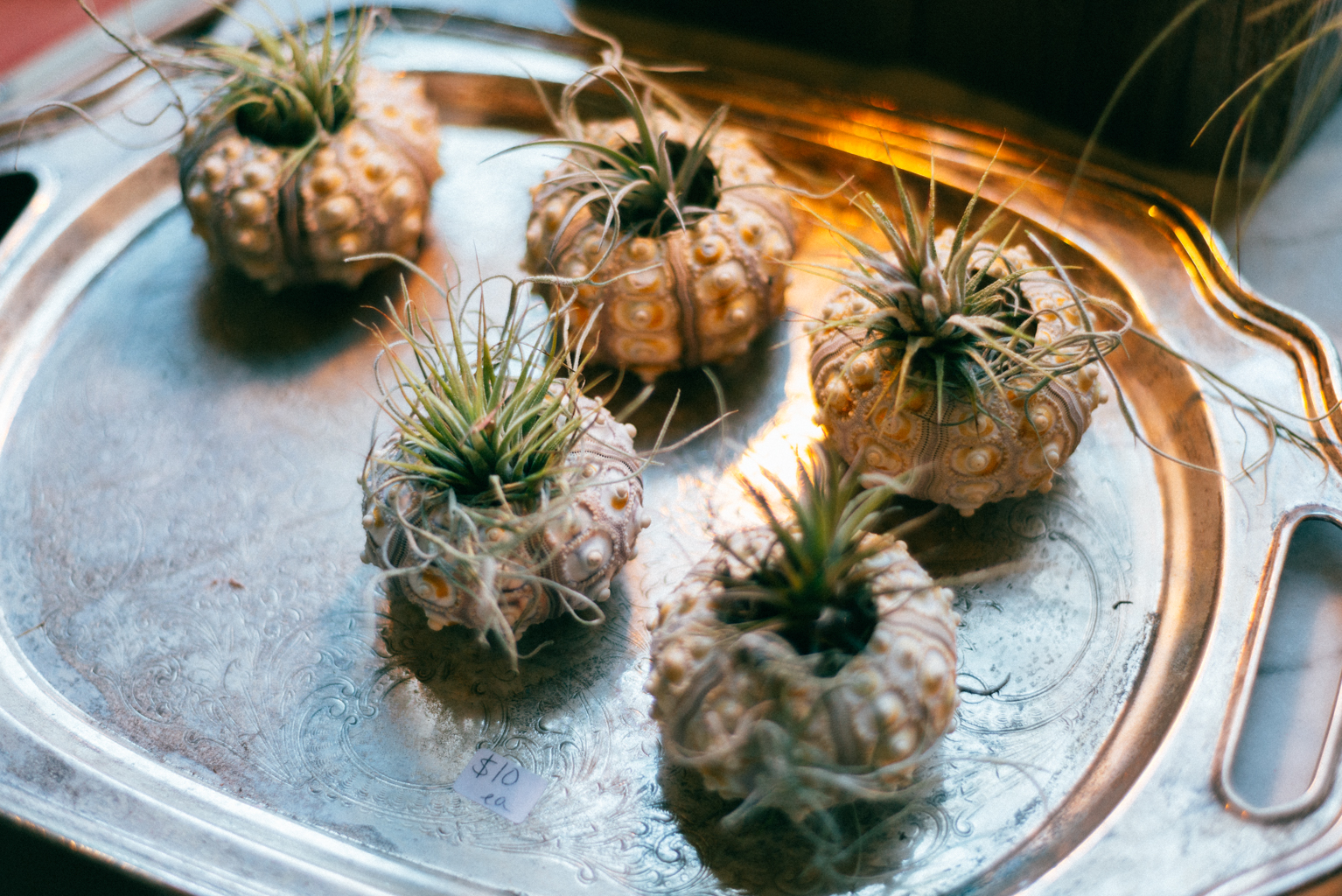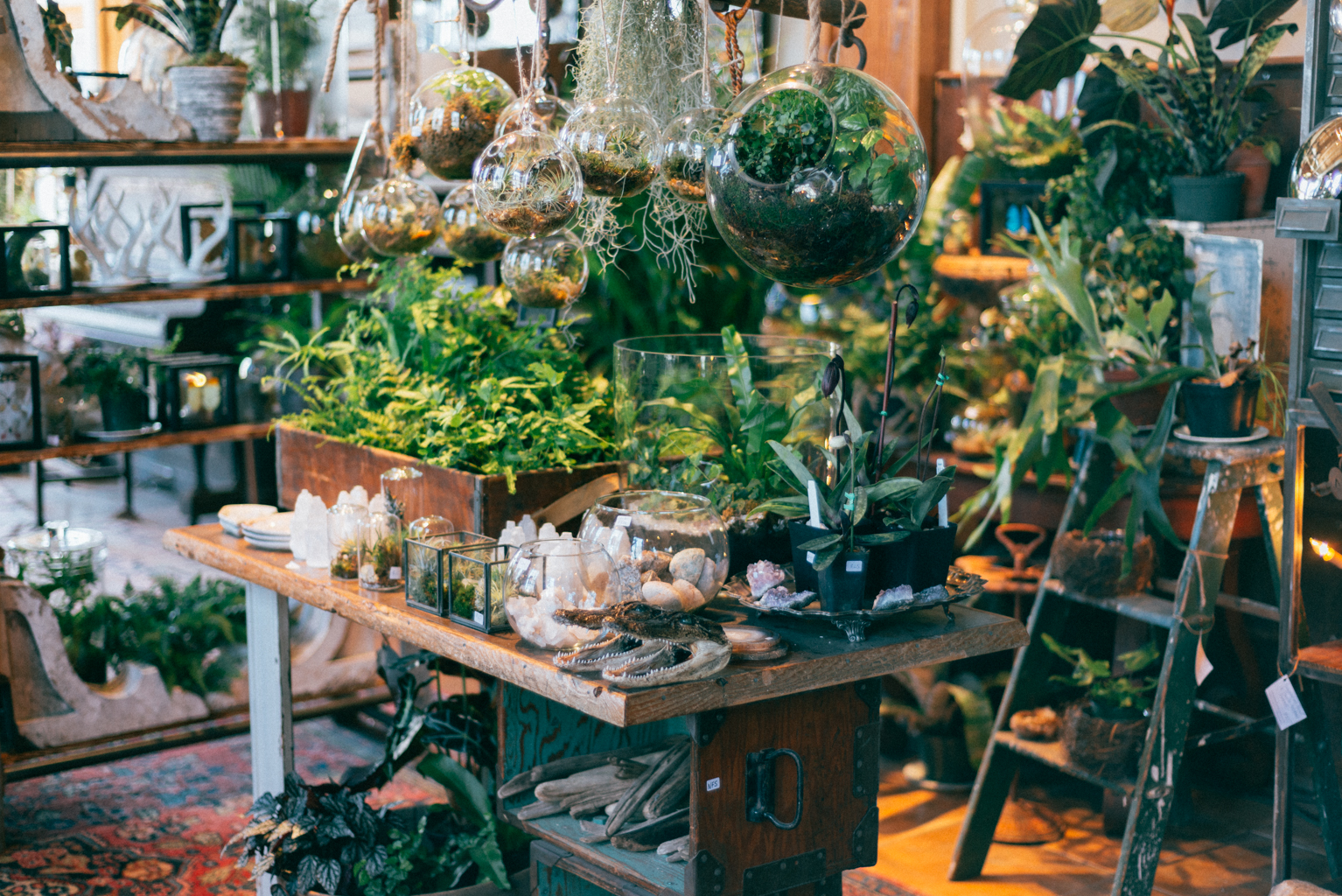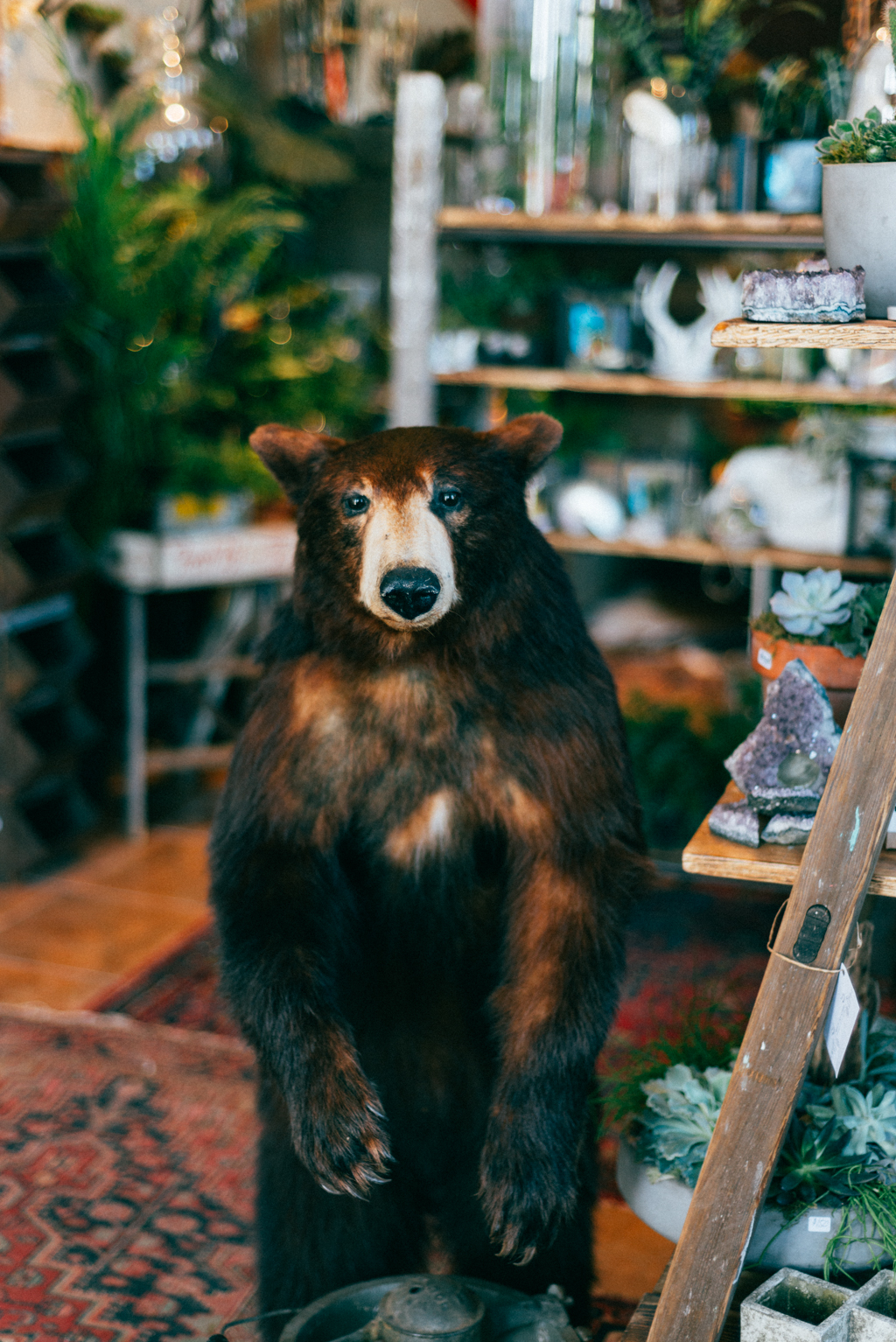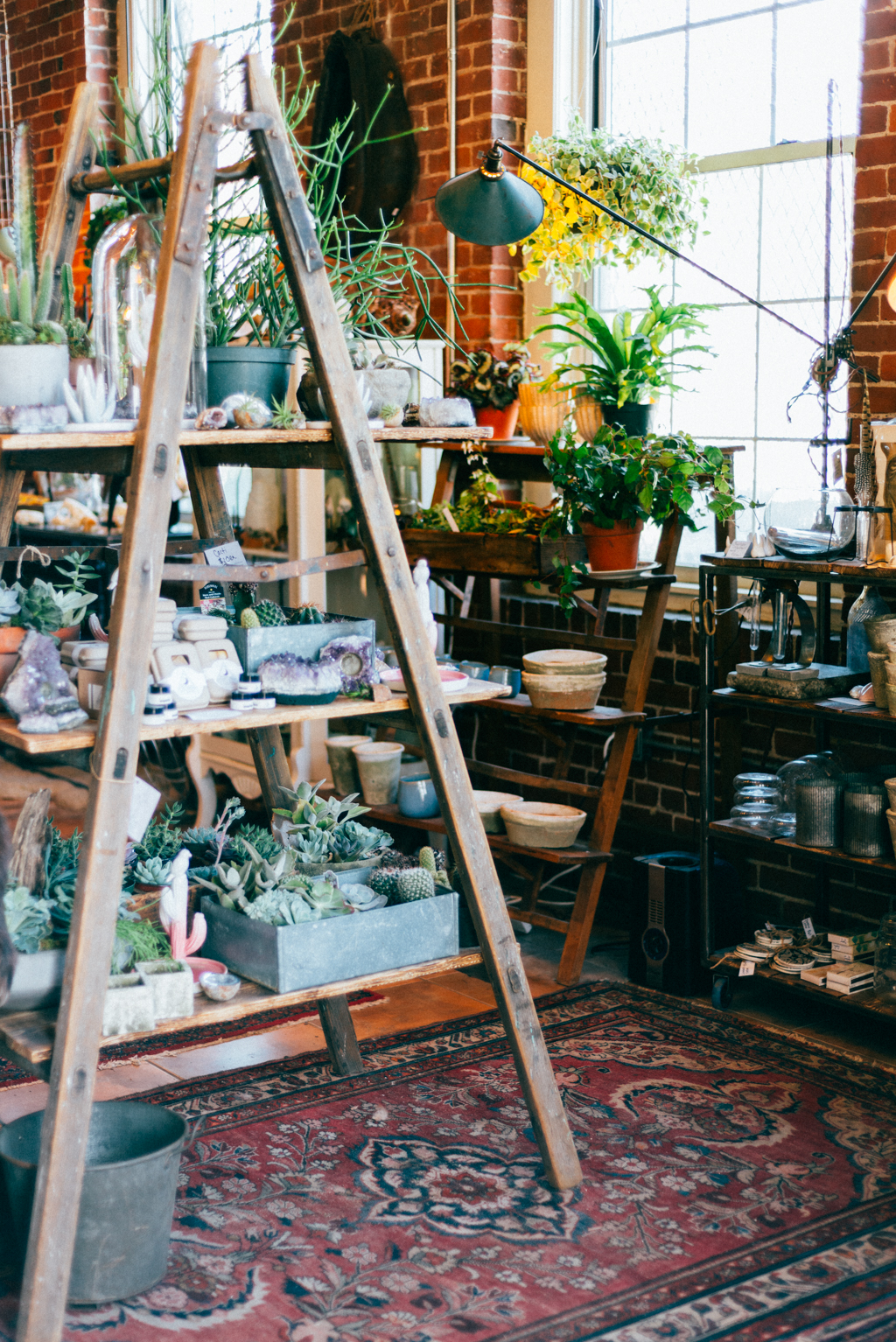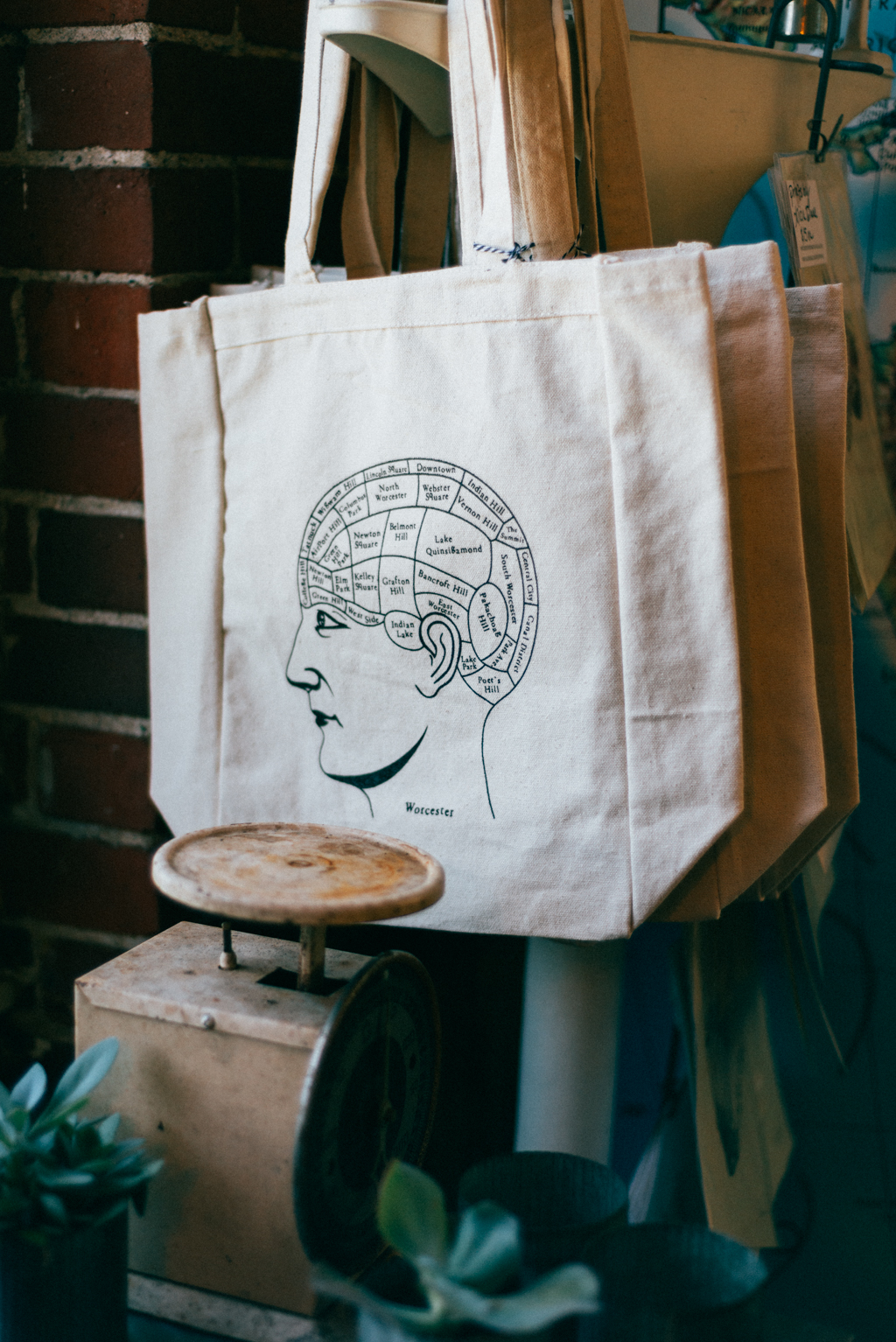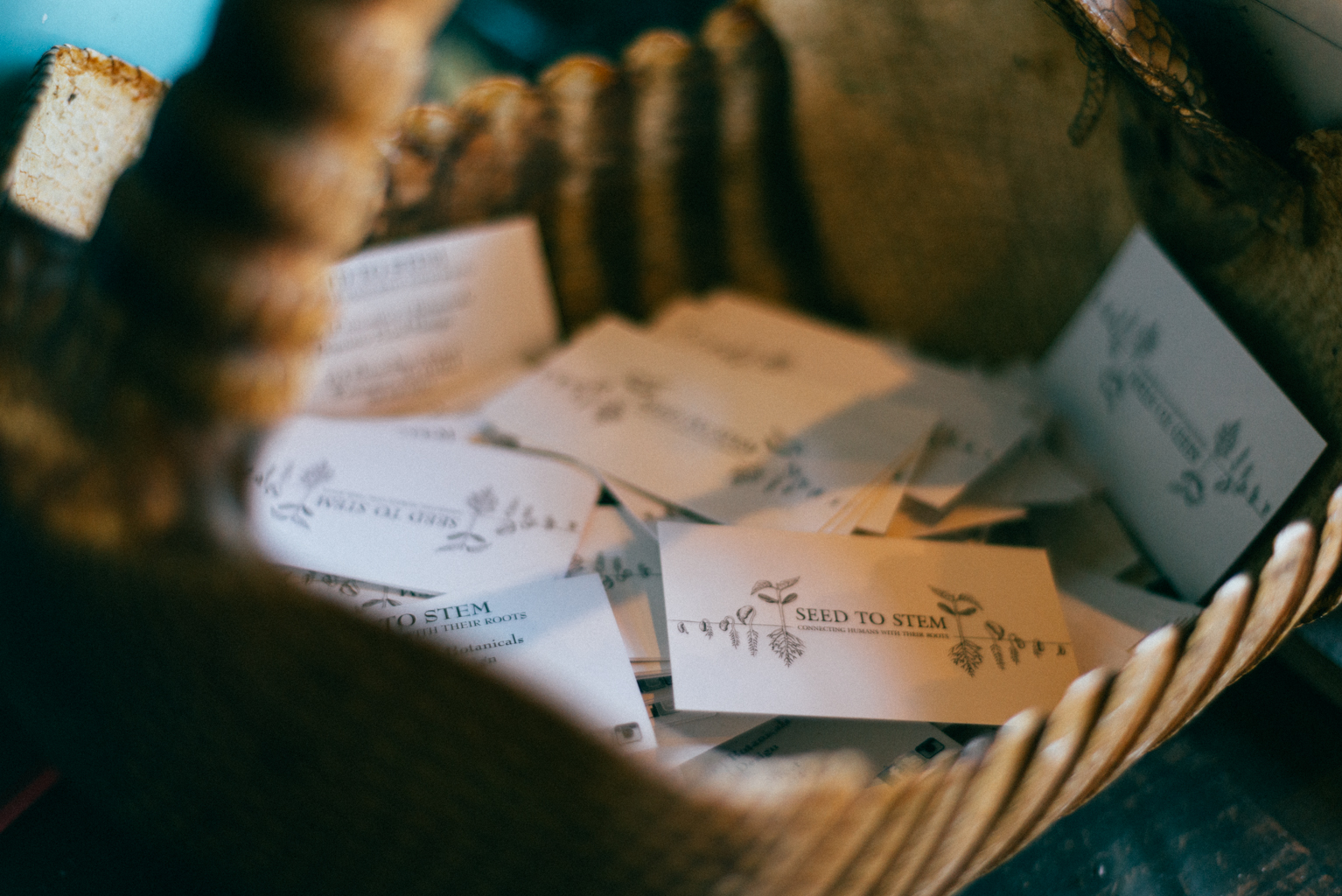From Seed to Stem: Connecting Humans to Their Roots
From Seed to Stem:
Connecting Humans to Their Roots
Photographs by Gabby Riggieri
Words by Ashley Herrin
Dwellings don’t necessarily need to be the hammer-to-nail structures where you hang your hat at night. Dwellings also provide shelter for other living things. Take, for example, plants.
Finding a home for plants can be a bit daunting - no one wants to be that overprotective or smothering caretaker. And let’s face it, that seemingly mile-long list of things that can go wrong is sometimes terrifying. For some, myself included, it’s a tricky navigation between ‘too much’ and ‘not enough’…too much sun? Not enough sun? Is this too much water? Not enough water? We’ve all likely (hopefully) been there. Creating that perfect home and environment for your beloved green ones is even labor-intensive. Beyond lugging watering cans to and from your urban garden and your kitchen sink (I am the unfortunate victim of a hose-less apartment), you’ll inevitably need to help them move once they’ve outgrown their current space. And this is the struggle I go through for my grape tomatoes and mums…introducing those unique botanicals such as air plants, and succulents…might as well throw in the towel now.
Meet Seed to Stem, helping you take the guesswork, uncertainty, and design hesitations out of your unique dwelling-creation. Located in Worcester, MA and owned and operated by Virginia Orlando and Candace Atchue, Seed to Stem is a small gift shop with a lot to offer. The shop “celebrates the beauty and perfection of the natural world, boasting unusual botanicals, terrariums, natural objects, curiosities, home accessories, antiquities and more.” For those like me who love a beautiful and unique terrarium overflowing with succulents, moss and the like, designed and arranged by someone who knows what they’re doing, this is the place to go. Visiting their site (www.seedtostemstyle.com), you’ll even find care instructions for terrariums, orchids, air plants, succulents and cacti. Their desire to create the perfect dwelling and environment for the plants entering their store continues even when it leaves the door.
Stepping into the shop, you’ll find a unique blend of the living and the decaying. The shop’s owners “hope that by connecting people with nature, they can help them further connect with their own selves, and back to their roots.” Geodes, shells, and even skulls and bones each become a dwelling for the living. Antiques fill the store while vessels overflowing with lush greenery compliment each and every corner. The shop has museum qualities as taxidermy creatures keep a watchful eye on visitors. Each and every square inch of the shop is perfectly designed and curated.
Branching out from their Shrewsbury Street location, Seed to Stem can also be found at Crompton Collective in Worcester — yet another reason we were intrigued by the ladies of Seed to Stem for the Dwellings Issue. Crompton Collective is a boutique marketplace housed in the historic Crompton Place mill building. Built in 1860, Crompton Place was home to George Crompton’s invention and patent of the Crompton Loom and the textile industry he built there.
Today, Crompton Collective celebrates local makers, entrepreneurs and all things old and new…a perfect merriment between the two operations.
It goes without saying that Seed to Stem is a unique landmark on the small-business map here in New England. Their care for, and love of the natural and post-natural world needs no reminding. Virginia and Candace carefully craft each piece of botanical art in their shop so that we don’t have to (attempt) to do it ourselves…and for that, I am grateful.
♢♢♢
Visit Seed to Stem at 174 Shrewsbury Street in Worcester, Massachusetts or at Crompton Collective at 138 Green Street. Visit their shop online and learn more about Virginia and Candace at www.seedtostemstyle.com
